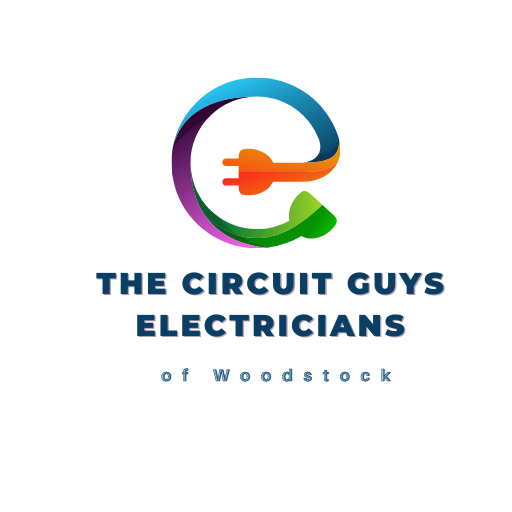The world of electrical engineering is not always easy to understand. You may find yourself asking “What does this mean?” when reading about wires, plugs, and other terminology. Fortunately, there are many resources available to help you understand these concepts and solve any issues you encounter when dealing with electrical components. When something goes wrong with your home’s electrical system, you may not know where to turn for help. However, there are many websites, forums, and social media groups that can assist you with your problem. Before you make the call to your local electrician or plumber, try these tips:
Check the circuit breaker
The first thing you should do when encountering an electrical issue is to check the circuit breaker. The breaker box is the main panel where all the wires from the house come together. By checking the breaker, you can see which circuit is affected, which can help you narrow down where the problem might be. This will also help you figure out if this is a temporary issue (such as a blown fuse or tripped circuit breaker) or something more serious (such as a short circuit or fire hazard).
Check the wires
If the breaker is not tripped, then you can move on to checking the wires. You can check the wires by taking them out of the wall and looking at them. If you see any discoloration or fraying, these are signs that the wires may be damaged and need to be replaced. You can also test the wires by using a multimeter. This is a device that can test the wires and tell you if they are live, broken, hot, etc. This can help you figure out which wires are causing the issue and the best course of action to take.
Turn off the breaker
If the wires are fine and the breaker is not tripped, you can turn off the breaker to isolate the wires. This will allow you to work on the issue without affecting other areas of the house. You can turn the breaker back on once you have resolved the issue. However, if the breaker is tripped, you will need to turn off the main power source to the house. This can be done by turning off the main circuit breaker or the main power source.
Call an electrician
If the issue is too difficult for you to fix or you do not feel comfortable working on the wires, you can call an electrician. However, you should still check the wires first to make sure they are not the cause of the problem. You can search online for local electricians and call a few to see if they offer 24-hour service. If they do, you can call them at any time of the day and receive help. If they do not offer round-the-clock service, you can also try to find a nearby repair shop. This is a good option if you need something fixed quickly and do not have time to wait for an electrician to arrive at your home.
Repair the issue yourself
If the wires are fine and the breaker is not tripped, you can try to repair the issue yourself. You can purchase a repair kit to help you identify the problem and repair it. However, this is a difficult process and should only be attempted if you are familiar with electrical issues and know what you are doing. You may also want to hire a professional to do the job for you. This can help you save time and money in the long run.
Change the plug
If the issue is caused by a faulty plug, you can change it out for a new one. This can help you solve the problem and avoid having to repair the wires. You can find the right plug for your home by visiting an electrical supply store or online. However, if you are not sure which plug to use, you can check the manufacturer’s website to see which plug is right for your house. If the problem is caused by faulty wiring, you will need to turn off the breaker and repair the wires.
Change the outlet
If the issue is caused by a faulty outlet, you can change it out for a new one. This can help you solve the problem and avoid having to repair the wires. You can find the right outlet for your house by visiting an electrical supply store or online. However, if you are not sure which outlet to use, you can check the manufacturer’s website to see which outlet is right for your house. If the problem is caused by faulty wiring, you will need to turn off the breaker and repair the wires.
Conclusion
The world of electrical engineering is not always easy to understand. You may find yourself asking “What does this mean?” when reading about wires, plugs, and other terminology. Fortunately, there are many resources available to help you understand these concepts and solve any issues you encounter when dealing with electrical components. When something goes wrong with your home’s electrical system, you may not know where to turn for help. However, there are many websites, forums, and social media groups that can assist you with your problem. Before you make the call to your local electrician or plumber, try these tips.
